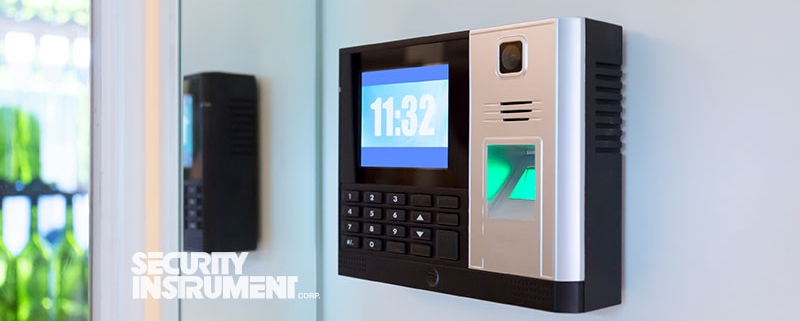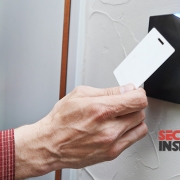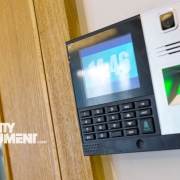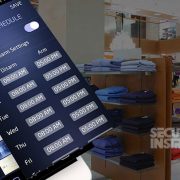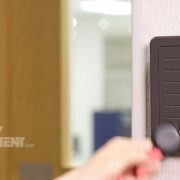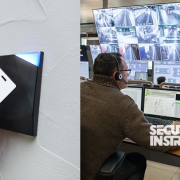The Pros and Cons of Bio-metric Access Control
- Cybersecurity at Home and Work - October 6, 2024
- Reliable Government Security for the Tri-State Area - October 5, 2024
- Security Solutions for Government Properties in the Mid-Atlantic - September 11, 2024
Biometrics are nothing new to the security space. Commercial enterprises and public organizations with large footprints have been using biometric authentication technology for years – and now, it’s used in everything from verifying identities on social media and smartphones to banking systems and border patrol. But where biometrics remain the most useful is in employee access control, where it is applauded for its accuracy and the airtight security it delivers for employers. Unlike passwords and card credentials, physical identity is too difficult to fake – and, it’s impossible to misplace or forget.
That being said, what are the pros and cons of each type of biometric access control? Let’s take a look at several examples.
Biometric Access Control through Fingerprint Scanning
Pro: Arguably the most widely used form of biometric technology. Placing a finger on the scanner is easy and unintimidating.
Con: The finger most often used to scan is the index finger – and unfortunately, that’s also the finger most likely to get a papercut. A cut on the finger can easily throw the scanner off. To mitigate this, many organizations achieve maximum accuracy by combining the fingerprint scan with a passcode, or they issue credential cards as backup.
Biometric Access Control through Iris Recognition
Pro: An iris recognition is even more difficult to fake. Unlike a fingerprint, it doesn’t require contact with the scanner. Scanning the unique colors and patterns of a person’s iris, it stores this data for authentication.
Con: Although iris recognition is highly accurate, it can still be thrown off by contact lenses, lashes and even dark eyes. Researchers have been able to recreate irises stored on one scanner and subsequently trick another scanner into gaining access. So, the technology is still not tamper-proof.
Unlike passwords and card credentials, physical identity is too difficult to fake – and, it’s impossible to misplace or forget.
Biometric Access Control through Retinal Scan
Pro: Unlike its counterpart iris recognition, a retinal scan uses infrared light to scan the blood vessel patterns in the eye; then, it records those patterns to video. This makes it more accurate than iris recognition.
Con: It remains the most expensive access control option available.
Biometric Access Control through Facial Recognition
Pro: Widely known as the fastest form of access control ID, facial recognition takes nearly one second to work. Even slight changes in facial points can trigger a denial of access.
Con: That same pro can also be a con. If a person grows facial hair, loses weight or undergoes a rhinoplasty – all fairly common appearance-changing events – then they are likely to be denied access by the facial recognition access control system at their employer.
Biometric Access Control: The Conclusion
While biometric access control is highly accurate, it is not entirely failproof. Employers must consider the options available and determine how to mitigate the pitfalls of each method. Often, a simple backup method of issuing a credential card can be a good solution. With these methods combined, an organization can experience rock solid security that keeps employees and other occupants of the campus as secure as possible.
About Security Instrument
Security Instrument is a full-service, independently-owned integrator that offers numerous options for home and commercial security. Delaware, MD, NJ & PA homes and businesses are among our thousands of customers.

